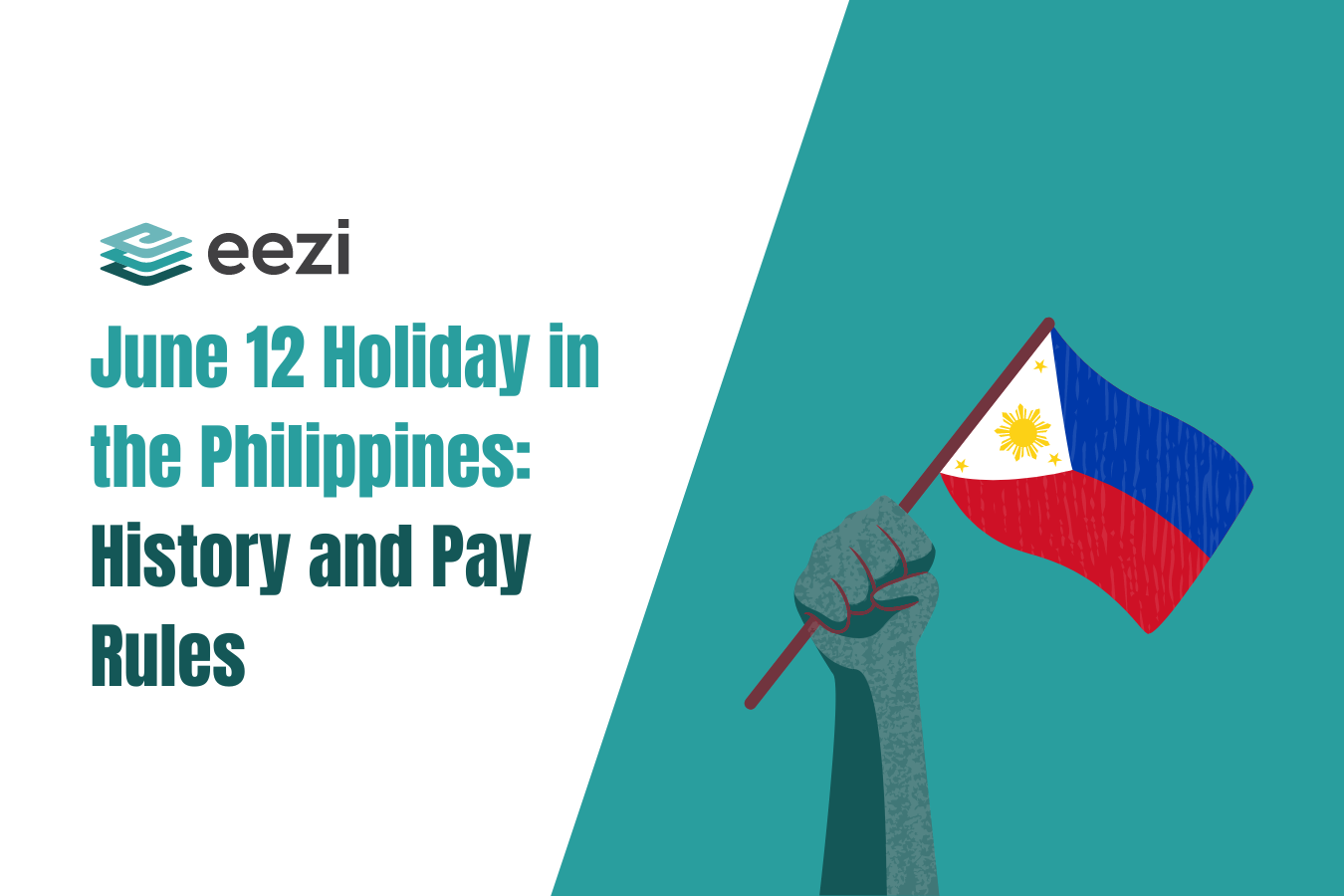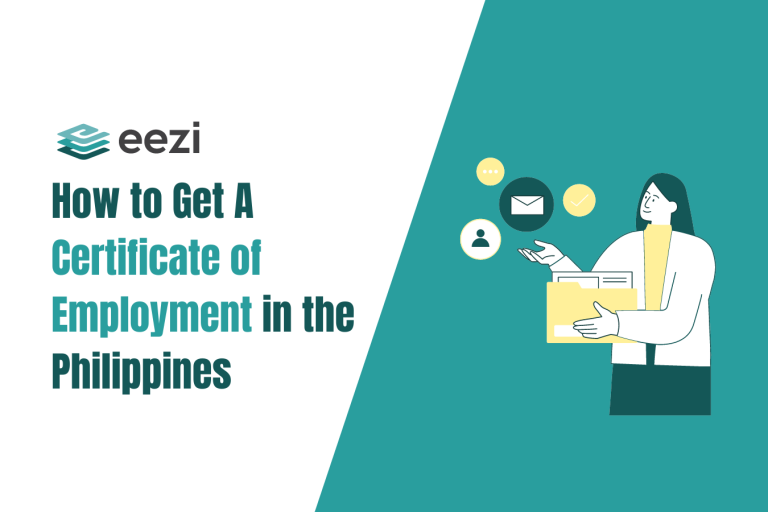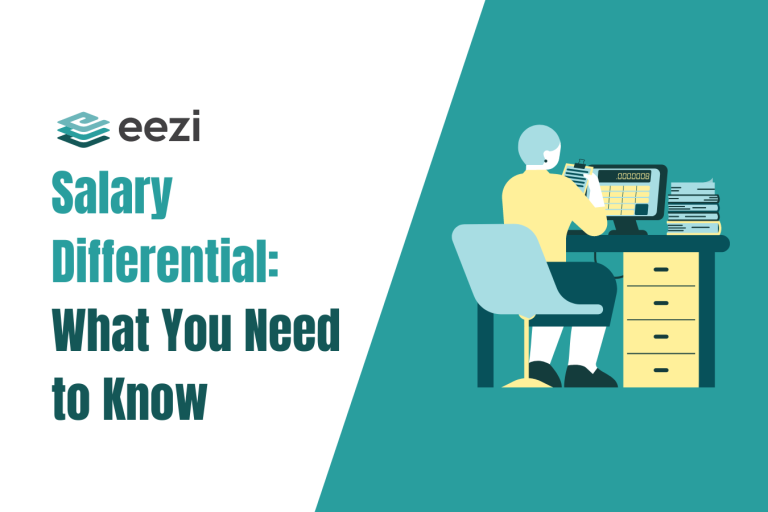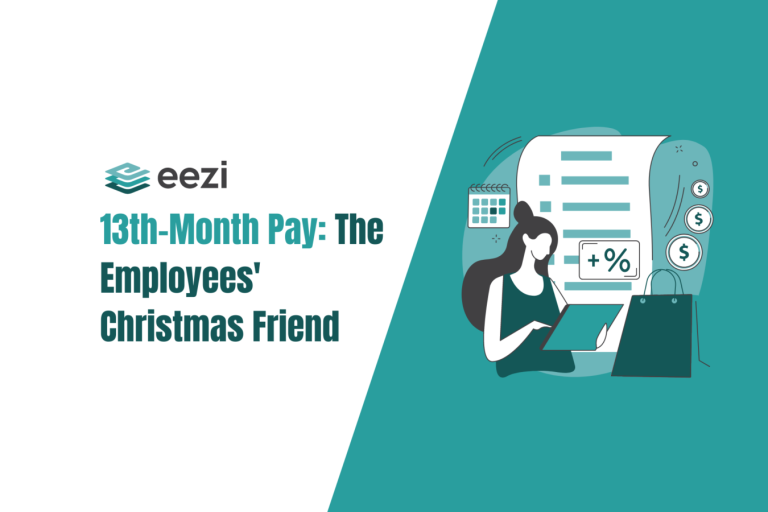What is the June 12 holiday in the Philippines, and how much should employees get paid?

The Philippines has various holidays year in and year out. As a business, it is important to note these, particularly the regular holidays. These are dates that commemorate or observe events that people find relevant to the country’s history. One of these holidays is in June.
June 12 is the country’s Independence Day. It is a regular holiday in the Philippines that is observed annually. As such, employees are not generally required to work on the said day and shall still be paid per holiday pay rules.
What is the Philippine Independence Day?
Independence Day is one of the most important regular holidays. It marks the day that the Philippines was granted independence from Spanish rule.
In 1521, the Portuguese Ferdinand Magellan led the Spanish expedition that discovered an archipelago. It was made up of thousands of beautiful islands.
King Philip II of Spain, the Spaniards claimed the land. However, when they tried to force the people of Mactan to submit to them, natives led by the local chief, Lapu Lapu, fought back. Magellan was slain.
It was not until Spanish explorer Ruy Lopez de Villalobos arrived that the land was named Felipinas, named after King Philip. However, this label was only for Tandaya, one of the southern islands. Furthermore, it would later be used to refer to the whole of the archipelago.
Felipinas finally captured
Spain tried again to capture the whole of Felipinas. Miguel Lopez de Legazpi led a new expedition in 1565 and was finally successful in securing Spain’s position as ruler of the entire land.
They ruled over The Philippines for over 300 years. They followed a feudal system – the Spanish and the rich were masters that owned estates; the indios (a derogatory term for native Filipinos) were the workers who were often mistreated like slaves.
Heroes of the Philippine Revolution
The 19th century was a time of great changes for the country. Filipinos were starting to rebel.
This nationalism was fueled more by the writings of Dr. Jose P. Rizal. He authored “Noli Me Tangere” (Touch me Not) and its sequel, “El Filibusterismo” (The Filibusterer). He founded the La Liga Filipina movement that pushed for reform and a peaceful “revolution”.
This only resulted in his exile in Dapitan and eventual arrest and execution on December 30, 1896, in Bagumbayan (now called Luneta or Rizal Park).
In August 1896, Andres Bonifacio and other brave men founded the more revolutionary group named Katipunan. While The Supremo (Bonifacio’s moniker) admired the works of Rizal, he believed that fighting arms with arms would be the best solution.
Rizal’s execution intensified this group’s belief. Rather than scare revolutionaries, his death made Filipinos more determined to end the Spanish reign.
The real revolution began.
Victories and defeats
The year 1898 saw the war break between Spain and the US. The Americans emerged victorious. This ended Spain’s reign over the Filipino people.
So on June 12, 1898, the Filipinos led By Gen. Emilio Aguinaldo declared The Philippines free from its colonizers.
When Aguinaldo was captured in 1902, the Americans took over. In 1935, the Philippines became a commonwealth. Moreover, it was semi-independent of the USA and was promised full independence after 10 years.
It was not to be. The Japanese invaded the Philippines in 1941, putting Manila, the center of the country, under their control. But in October 1944, the Americans fought and defeated the Japanese troops. Manila was recaptured.
It was a year late, but the Philippines was finally declared fully free on July 4, 1946. Manuel Roxas became the very first president of the republic.
The Filipino resilience
This is why observing Independence Day is one of the most relevant holidays in The Philippines.
But why is it not celebrated on July 4?
“June 12 was not always our official Independence Day. It was made-so on May 12, 1964, by then-president Diosdado Macapagal. Macapagal moved the celebration to June 12 in order to commemorate Emilio Aguinaldo’s original proclamation of Philippine independence from Spain on the same date in 1898.” (Asia Society)
What was previously the Philippine Flag Day is now our Independence Day.
Pay rules and calculations on Independence Day
The Department of Labor and Employment (DOLE) issued the holiday pay rules. DOLE is the body implementing rules concerning Filipino workers.
Regular holiday pay rules, according to law
When an employee is made to work on a regular holiday, they shall receive 200 percent of their daily wage for the first eight hours.
June 12 holiday pay rules and calculations
Independence Day is a regular holiday. Businesses are required to adhere to the regular holiday pay rules stated below.
Employee pay for unworked Independence Day
An employee shall normally be paid 100% of their daily basic wage despite not working.
(Regular Daily Rate + *COLA Pay) x 100%
*Cost of Living Allowance (COLA)
Employee pay for worked Independence Day
An employee shall receive 200% of their daily basic wage for the first eight hours if their employer requires them to work.
(Regular Daily Rate + COLA Pay) x 200%
Worked Independence Day with overtime
An employee shall receive 200% of their daily basic wage for the first eight hours if they render work.
Furthermore, they shall receive an additional 30% of their hourly rate if the employer requires them to do overtime work (that exceeds eight hours).
Hourly rate of the regular daily rate x 200% x 130% x number of hours worked
Worked Independence Day falling on the employee’s rest day
An employee shall receive 200% of their daily basic wage for the first eight hours if the employers require them to work.
Additionally, they shall have an additional 30% of their daily basic wage of 200% if the regular holiday happens to be on their rest day.
[(Regular Daily Rate + COLA) x 200%] + [30% (Regular Daily Rate x200%)]
Independence Day pay on the employee rest day with overtime
An employee shall receive 200% of their daily basic wage for the first eight hours if the employer requires them to work.
Furthermore, they shall have an additional 30% of their hourly rate if they do overtime work (that exceeds eight hours).
Lastly, they shall receive an additional 30% of their daily basic wage of 200% if the regular holiday happens to be on their rest day. That is called double pay.
Hourly rate of the regular daily rate x 200% x 130% x 130% x number of hours worked
Note, however, that the Labor Code does not automatically grant holiday pay to employees in retail and service establishments with less than ten employees.
Why follow pay rules for regular holidays
Anywhere in the world, Independence Day is one of the most relevant national celebrations, if not the most relevant, to observe and celebrate. It is, in every way, the same in the Philippines.
Moreover, Philippine Independence Day is considered a regular holiday. But it is more than that. The circumstances that led to the country’s freedom were most vital to its people. It is only reasonable to ignore or not take this day lightly.
However, you can give the employee the freedom to choose. Grant them compensation or a reward by following the pay rules issued by DOLE.
Lastly, pay rules are there for a reason. It protects Filipino workers. It should also protect your business from any legal issues.
Never worry about holiday pay computations with eezi
Make Independence Day calculations worry-free with eezi’s HR and payroll suite. Our software takes care of the computations from clock-in to payslip generation. See how it works.



